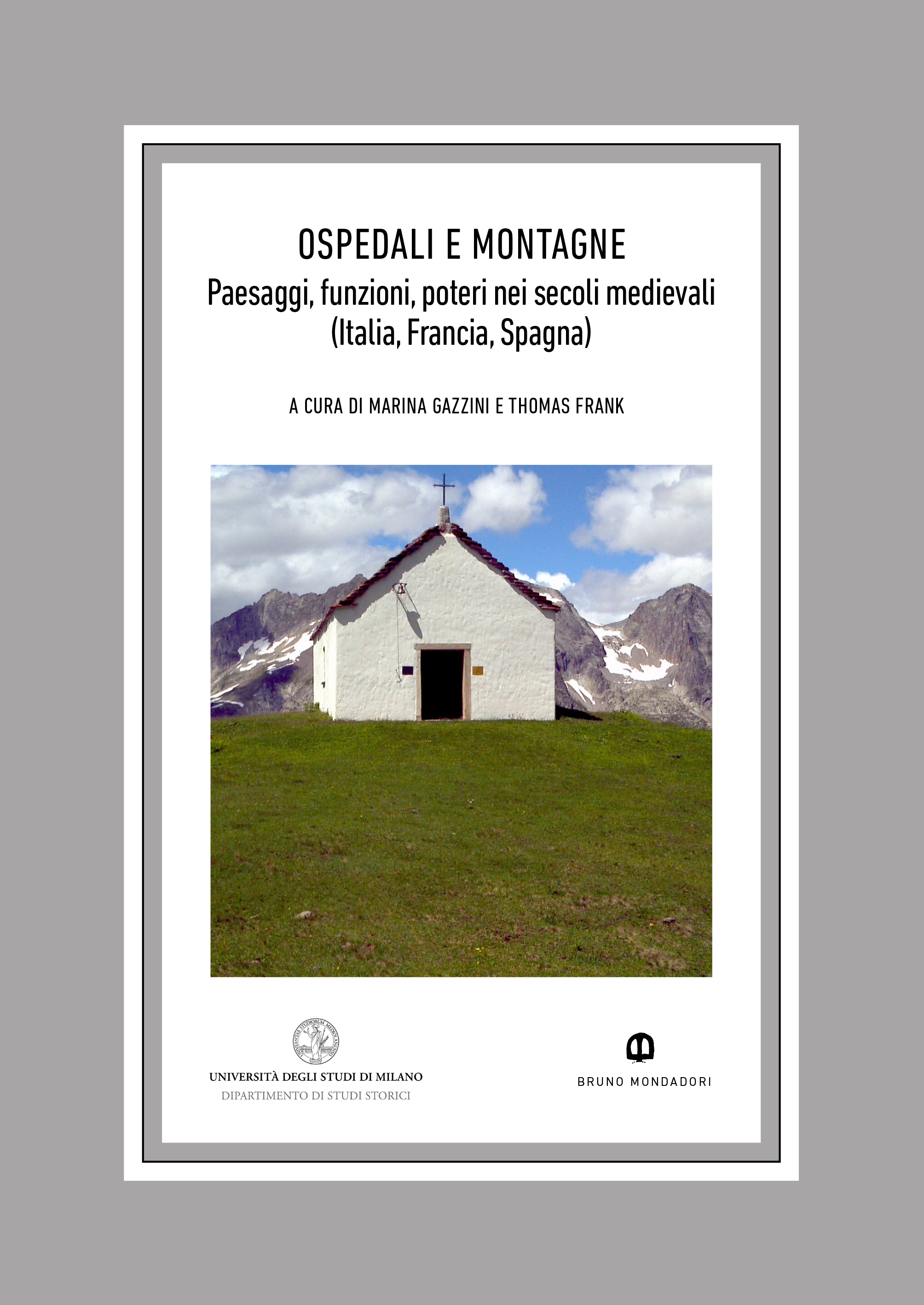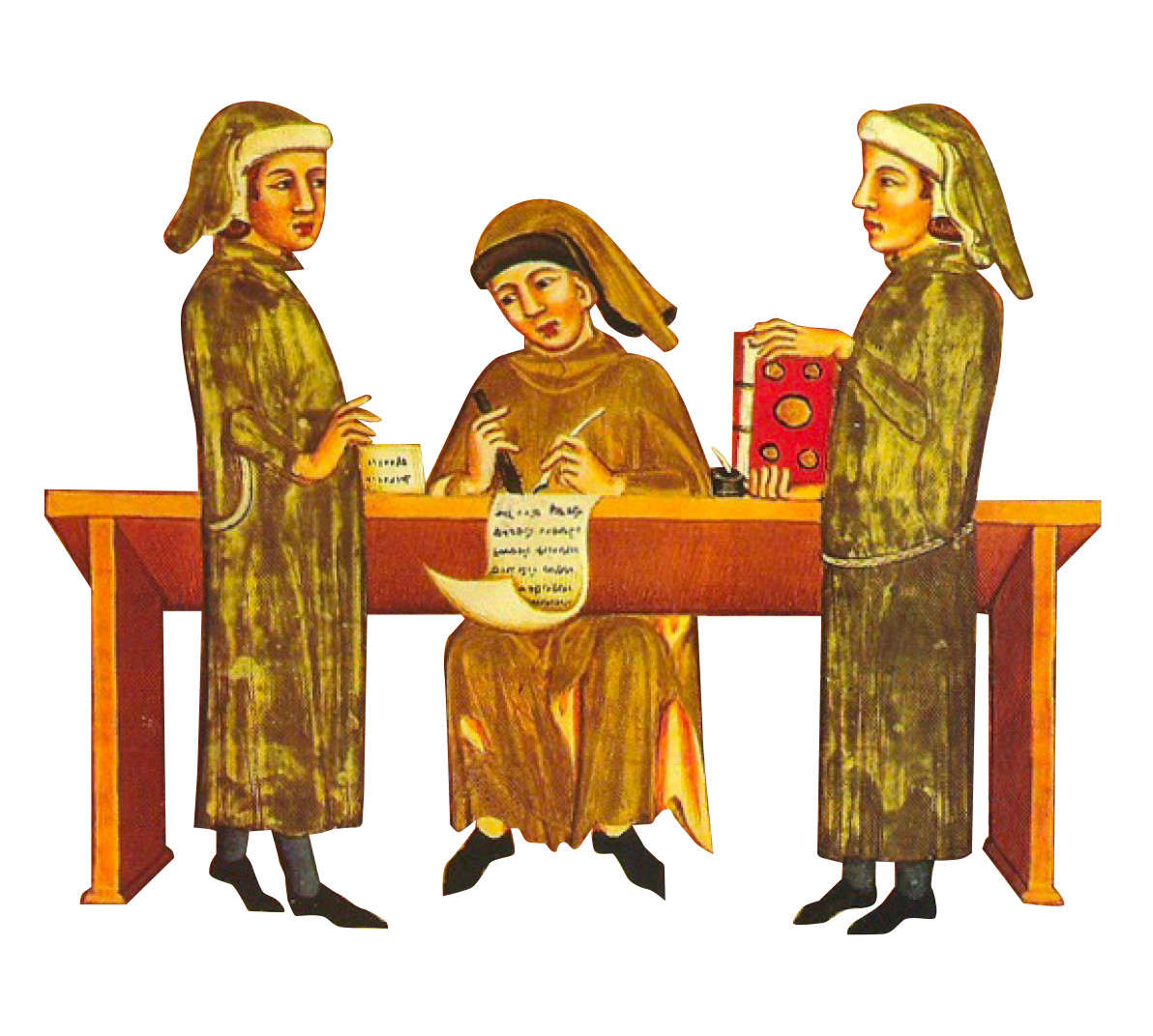The Order of Saint John of Jerusalem in medium-altitude mountain areas. A comparative study of its hospitals in Haute Provence and the Massif central (12th-14th century)
DOI:
https://doi.org/10.54103/2611-318X/16154Keywords:
Middle Ages, Medium‐altitude mountains, Hospital of St. John, Roads, Welfare, Religious structure, EconomyAbstract
Adopting a broad comparative perspective, based both on a re‐reading of traditional historiography and on current research, a status quaestionis on the Order of the Hospitallers of Saint John of Jerusalem in two medium‐altitude mountain regions is proposed here: Haute Provence (the dioceses of gap, Embrun and Sis‐ teron) and the south of the Massif Central (the dioceses of Saint‐Flour and Mende). Did the settlement strategies of the Hospitallers and their activities have any specificity in these particular environments? In order to answer this question, we have preferred to leave aside the issue of the seigniorial power of the commanderies and to focus on the specific features that were at the origin of this Order, both charitable and military: the position of its hospitals in relation to the urban network and communication routes, their vocation for assistance, the material organisation of the hospitals and the pastoral care of the faithful in regions strongly affected by ecclesiastical reforms. Since space does not permit an in-depth examination of the socio‐economic structures that might characterise the hospitals in medium‐altitude mountain areas, the focus is mainly on the question of livestock farming. This activity, together with the holding of seigniorial domains, is probably the main characteristic of the Hospitallers’ mountain commanderies.
Downloads
Downloads
Published
How to Cite
Issue
Section
License

This work is licensed under a Creative Commons Attribution-ShareAlike 4.0 International License.




